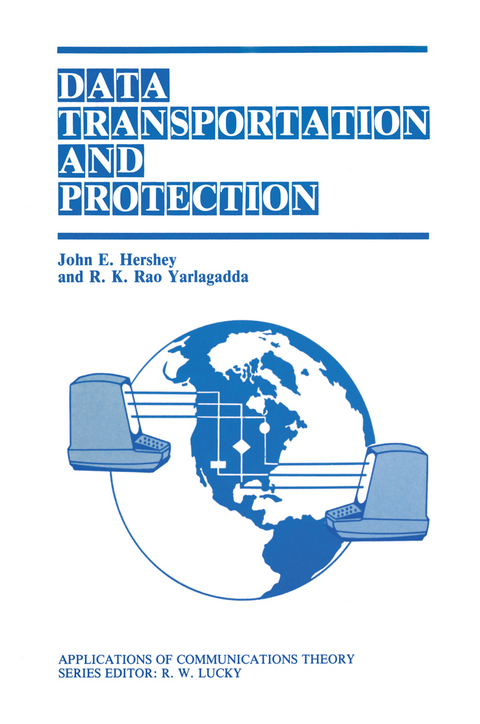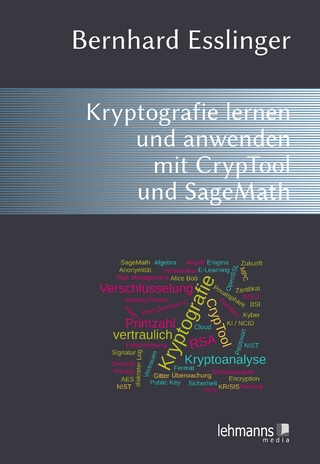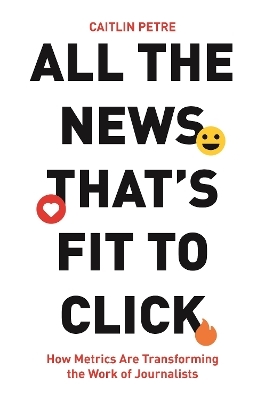
Data Transportation and Protection
Springer-Verlag New York Inc.
978-1-4612-9290-6 (ISBN)
1. Data—Its Representation and Manipulation.- 1.1. Introduction.- 1.2. Number Systems.- 1.3. Negabinary Numbers.- 1.4. The Factorial Number System.- 1.5. The Gray Code.- 1.6. A Look at Boolean Functions.- References.- 2. Counting and Probability.- 2.1. Counting.- 2.2. Generating Functions.- 2.3. Permutations.- 2.4. Combinations.- 2.5. Recurrence Relations/Difference Equations.- 2.6. Probability.- 2.7. Generating Functions in Probability Theory.- 2.8. The Bernoulli Source.- 2.9. Some Important and Famous Problems.- 2.10. Random Mappings.- 2.11. Redundancy and the Perfect Voter.- 2.12. Bias.- 2.13. Maximum Likelihood Estimation.- References.- 3. The Natural Numbers and Their Primes.- 3.1. Introduction.- 3.2. Finding Primes: I.- 3.3. The Euclidean Algorithm.- 3.4. Congruences.- 3.5. Residue Sets.- 3.6. Reduced Residue Sets.- 3.7. The Euler-Fermat Theorem.- 3.8. Wilson’s Theorem.- 3.9. The Function ?.- 3.13.1. An Example of the Split-Search Algorithm.- 3.14. The Chinese Remainder Theorem.- 3.15. Finding Primes: II.- References.- 4. Basic Concepts in Matrix Theory.- 4.1. Introduction.- 4.2. Concept of a Field and a Group.- 4.3. Basic Definitions.- 4.4. Matrix Operations.- 4.5. Partitioned Matrices.- 4.6. Inverses of Matrices.- References.- 5. Matrix Equations and Transformations.- 5.1. Introduction.- 5.2. Linear Vector Spaces.- 5.3. Gram-Schmidt Process.- 5.4. Solutions of Equations.- 5.5. Solutions of Overdetermined Systems.- 5.6. Normal Matrices.- 5.7. Discrete Transforms.- References.- 6. Matrix Representations.- 6.1. Introduction.- 6.2. Eigenvalue Problem.- 6.3. Diagonal Representation of Normal Matrices.- 6.4. Representations of Nondiagonable Matrices.- 6.5. Circulant Matrix and Its Eigenvectors.- 6.6. Simple Functions of Matrices.- 6.7. Singular ValueDecomposition.- 6.8. Characteristic Polynomials.- 6.9. Minimal Polynomial.- 6.10. Powers of Some Special Matrices.- 6.11. Matrix Norms.- References.- 7. Applications of Matrices to Discrete Data System Analysis.- 7.1. Introduction.- 7.2. Discrete Systems.- 7.3. Discrete Convolution.- 7.4. Discrete Deconvolution.- 7.5. Linear Constant-Coefficient Difference Equations.- 7.6. Matrix Representation of an Nth-Order Constant-Coefficient Difference Equation.- 7.7. Solutions of an Nth-Order Difference Equation Using a State Model Representation.- 7.8. Transfer Functions: An Introduction to Z Transforms.- 7.9. Observability Problem.- References.- 8. Random and Pseudorandom Sequences.- 8.1. Introduction.- 8.2. Markov Chains.- 8.3. m-Sequences (Hershey, 1982).- References.- 9. Source Encoding.- 9.1. Introduction.- 9.2. Generalized Bernoulli Source.- 9.3. Unique Decodability.- 9.4. Synchronizable Codes.- 9.5. Information Content of a Bernoulli Source.- 9.6. The Huffman Code.- 9.6.1. Connell’s Method of Coding.- 9.7. Source Extension and Its Coding.- 9.8. Run Length Encoding.- 9.9. Encoding to a Fidelity Criterion.- References.- 10. Information Protection.- 10.1. Classical Cryptography.- 10.2. Public Key Cryptography.- 10.3. Secret Sharing Systems.- References.- 11. Synchronization.- 11.1. Introduction.- 11.2. Epoch Synchronization.- 11.3. Phase Synchronization.- References.- 12. The Channel and Error Control.- 12.1. Introduction.- 12.2. A Channel Model.- 12.3. The Simplest Hamming Code.- 12.4. The Hamming Code—Another Look.- 12.5. The z-Channel and a Curious Result.- 12.6. The Data Frame Concept.- 12.7. A Curious Problem.- 12.8. Estimation of Channel Parameters.- References.- 13. Space Division Connecting Networks.- 13.1. Introduction.- 13.2. Complete Permutation Networks.-13.3. The Clos Network.- 13.4. A Rearrangeable Connecting Network and Paull’s Algorithm.- 13.5. The Perfect Shuffle and the Omega Network.- 13.6. The Beneš-Waksman Permutation Network.- 13.7. The Perfect Shuffle Network Revisited.- References.- 14. Network Reliability and Survivability.- References.
| Reihe/Serie | Applications of Communications Theory |
|---|---|
| Zusatzinfo | 508 p. |
| Verlagsort | New York, NY |
| Sprache | englisch |
| Maße | 152 x 229 mm |
| Themenwelt | Sachbuch/Ratgeber ► Natur / Technik ► Garten |
| Mathematik / Informatik ► Informatik ► Netzwerke | |
| Informatik ► Theorie / Studium ► Algorithmen | |
| Technik ► Elektrotechnik / Energietechnik | |
| ISBN-10 | 1-4612-9290-5 / 1461292905 |
| ISBN-13 | 978-1-4612-9290-6 / 9781461292906 |
| Zustand | Neuware |
| Informationen gemäß Produktsicherheitsverordnung (GPSR) | |
| Haben Sie eine Frage zum Produkt? |
aus dem Bereich


